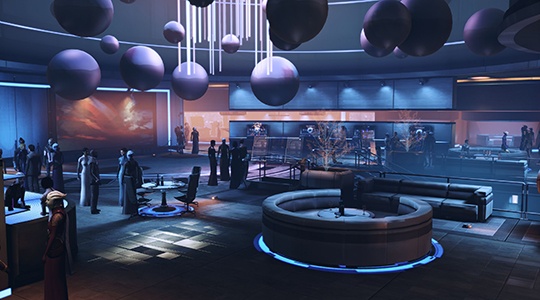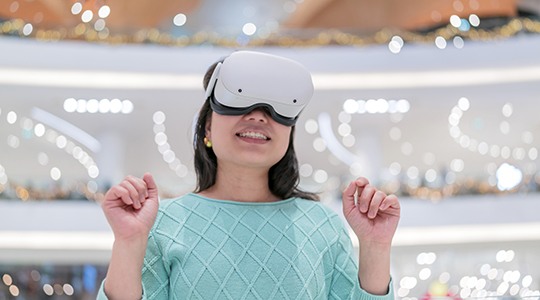Embarking on the captivating journey of metaverse design, we find ourselves at the intersection of creativity and technology. The metaverse is a burgeoning realm where the boundaries of reality are defined by nothing but the limitations of our imagination. It's a landscape that is not only revolutionary but also thrillingly immersive. It is here, in this remarkable fusion of the virtual and physical, that the future of design is being shaped.
Have you ever wondered about the magic that drives these complex, multi-dimensional experiences? The metaverse and design go hand in hand, the latter shaping the immersive quality of the former. The role of a metaverse development company cannot be overstated — these pioneers are crafting the fabric of these new realities, pushing the boundaries of what is possible.
So, what does it truly mean to design metaverses? It's a call to unleash your creative prowess, a challenge to redefine conventional paradigms. After all, why merely dream about the future when you can start designing it today?
Key Principles of Design in the Metaverse
Dive headfirst into the immersive realm of the metaverse, and you'll discover a world of design principles that redefine reality as we know it. Designing in the metaverse is a craft that combines both art and technology, blending imagination and innovation in unique ways to breathe life into digital landscapes.
When it comes to metaverse designing, there are several key principles that guide the journey. A metaverse consulting service could provide a more personalized roadmap, but here are some of the universal signposts that you can count on:
User-centered design. In the metaverse, the user is not just an observer but an active participant in the experience. Therefore, designing in the metaverse revolves around creating an immersive, intuitive, and interactive experience.
Seamless integration. The metaverse succeeds in blurring that thin line between physical and digital realities. Thus, designs should be cohesive, ensuring a smooth transition for users as they traverse between the different realms of reality.
Inclusivity and accessibility. The metaverse should be for everyone, irrespective of their physical, cognitive, or sensory abilities. Designing in the metaverse demands a commitment to creating experiences that are accessible and inclusive.
Innovation and iteration. In the ever-evolving metaverse, innovation and iteration are paramount. Design must be agile, adaptable, and open to continuous evolution and improvement, ensuring a dynamic and engaging user experience.
But let's ponder on this: what would the metaverse be without its unique charm and wonder? It's the challenge of capturing that intangible allure in your designs that truly sets apart metaverse designing. So, are you ready to craft the next chapter of this digital narrative? Then you should definitely take advantage of our custom-tailored metaverse consulting services, with the help of which you’ll be able to reach unprecedented heights.
How to Design for Metaverse
Our investigation showed that the art of designing for the metaverse demands a specific set of tools and a broad understanding of immersive technologies. In this digital playground where reality intertwines with the virtual, you craft experiences, not just spaces.
Unity metaverse is a popular platform, opening doors to create vibrant, interactive realms. But how to design in the metaverse using such tools? Here are key stages to follow:
1. Conceptualization. Begin by envisioning your metaverse. What experiences do you want to provide? How should the user interact with the environment?
2. Wireframing. Outline the basic structure of your metaverse. This provides a blueprint for more detailed design work.
3. Prototyping. A preliminary version of your metaverse lets you test functionality and tweak designs as necessary.
4. Final design and iteration. Create the final version of your metaverse, constantly refining based on feedback.
Throughout this process, a fundamental concern is metaverse UI UX design. You'll need to ensure that your metaverse is not only visually stunning, but also intuitive to navigate and engaging to interact with. So, ready to bring your vision to existence?
UX Design for Metaverse
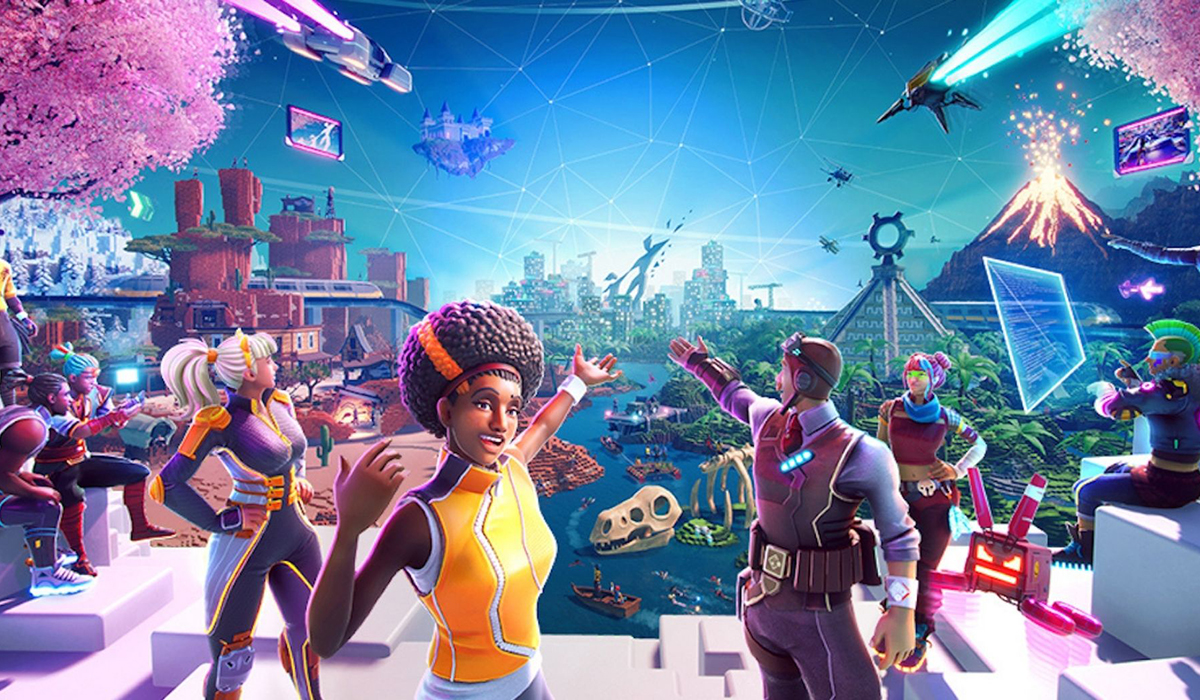
In the captivating world of the metaverse, the user experience (UX) takes center stage. It's no longer simply about how things appear visually but rather how they feel, interact, and resonate with the users. UX design in the metaverse must consider how to create intuitive and immersive experiences that will draw users in and keep them engaged.
As we plunge into this exhilarating digital era, we see metaverse trends pushing traditional design norms' boundaries. Aiming for a seamless blend of the physical and the digital, the UX design metaverse is an art and science that goes beyond flat screens into 3D spaces.
Here are a few fundamental aspects that stand out in UX design for the metaverse:
Immersive interactions. The metaverse is an active experience, not a passive one. Interaction is key, from picking up virtual objects to communicating with other users.
Multisensory experiences. Successful UX design in the metaverse leverages not just sight and sound but also potentially touch and motion, making the experience more immersive and engaging.
Spatial navigation. As users traverse the 3D world, they must intuitively understand how to move around and interact with the environment. This involves designing intuitive navigation systems that are easy to grasp.
Personalization. The metaverse should adapt to individual user preferences and needs, delivering a truly personalized experience.
As we traverse this exciting terrain of the metaverse, the role of UX design becomes increasingly critical. After all, the metaverse isn't just about building new worlds — it's about creating experiences that users would love to dive into again and again. Therefore, when you learn more about UX design in the metaverse, you start grasping the concept of why it’s so important to ensure the smoothest interaction possible.
Metaverse UI Design
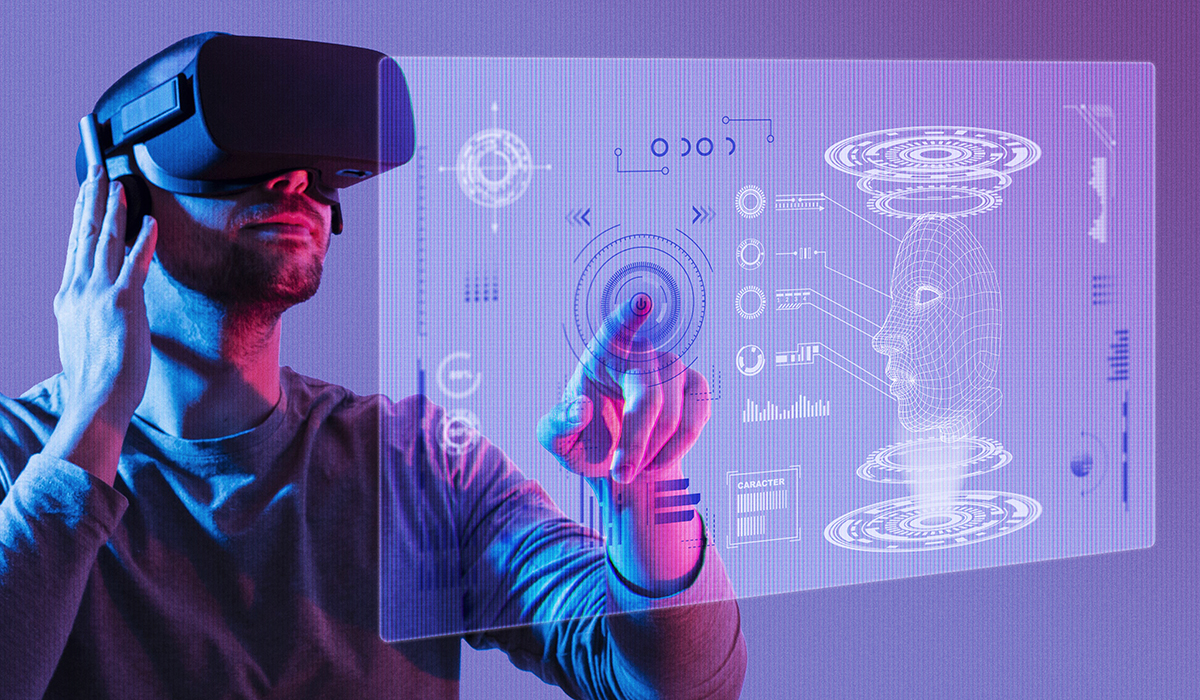
In the context of the metaverse, user interface (UI) design assumes a significant role, dictating the way users interact with this expansive digital universe. Metaverse UI design stands as a creative challenge, necessitating a nuanced understanding of both traditional design principles and the unique demands of this emergent platform.
Designing for the metaverse involves crafting interfaces that are not only visually compelling but also intuitive and immersive. This pursuit can be better understood through a few key considerations:
Three-dimensional space. Unlike traditional 2D interfaces, design in the metaverse must account for a 3D space. This necessitates an understanding of spatial relationships and depth perception.
Interactivity. The metaverse is a dynamic, interactive environment. UI design must therefore facilitate this interactivity, allowing users to engage with the environment and other users effectively and intuitively.
Accessibility. Given the breadth and scope of the metaverse, it is critical to design interfaces that are accessible to a diverse range of users, catering to various abilities and preferences.
Consistency. Despite the diversity of experiences in the metaverse, maintaining consistency in UI design helps provide a cohesive user experience.
With these principles in mind, designers can rise to the challenge of crafting compelling UI designs for the metaverse, creating interfaces that not only look good but also deliver an engaging and intuitive user experience.
Get exclusive 3D modeling for metaverses
Design Tools for the Metaverse
According to our experience as a metaverse app development company, selecting the right design tools is a pivotal step in crafting immersive digital landscapes. These tools not only facilitate the translation of creative ideas into virtual realities but also streamline the process, making it more efficient and manageable.
The choice of tools can significantly impact the workflow, the quality of the final product, and the overall user experience within the metaverse. In the upcoming sections, we will delve deeper into the diverse toolset available to metaverse designers and explore how each can be leveraged for optimal results.
Exploring Design Software for the Metaverse
Designing the metaverse requires an intricate blend of creativity and technological prowess. The right design software can significantly ease this process, bringing your vision to life with precision and efficiency. When considering how to design the metaverse, several software tools stand out:
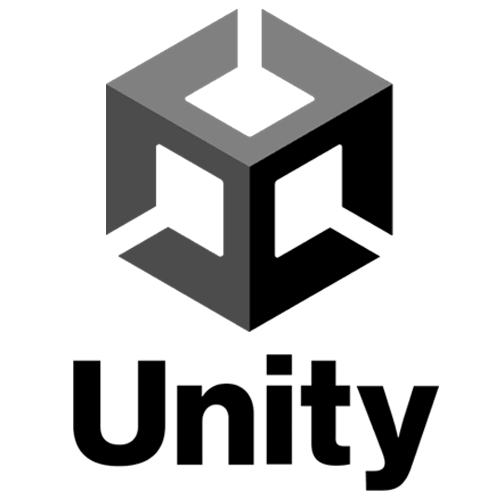
Unity. This versatile game engine is a popular choice for creating 3D metaverse experiences. Its comprehensive toolset and strong support for virtual reality make it ideal for crafting immersive environments.

Unreal Engine. Known for its high-quality graphics capabilities, Unreal Engine enables designers to create visually stunning metaverse environments.

Blender. A powerful open-source 3D creation suite, Blender is useful for creating detailed 3D models and environments for the metaverse.
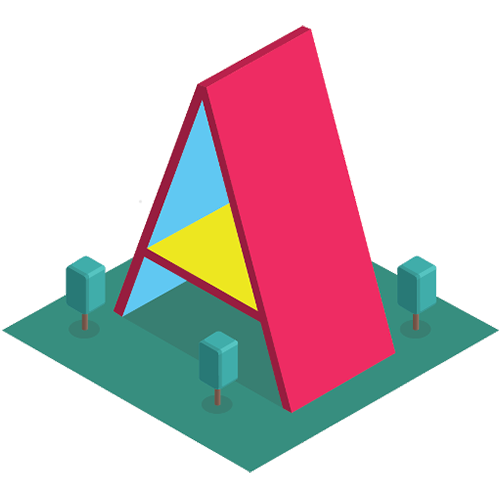
A-Frame. This web-based tool is perfect for creating VR experiences within the metaverse without the need for advanced programming skills.
Selecting the software that best aligns with your design goals can effectively shape the metaverse to reflect your unique vision. So, now you have enough insight into how to design a metaverse using the above mentioned tools, although you may indeed have to avail yourself of additional tools.
Hardware Considerations for Metaverse Design
When venturing into metaverse design, one must pay attention to the importance of hardware considerations. In fact, the hardware employed significantly influences the overall design process and the eventual user experience.
Primarily, a high-performance computer is a must-have. Detailed 3D modeling and rendering tasks demand powerful processors, ample memory, and robust graphics capabilities, enabling designers to work seamlessly without being bottlenecked by system limitations.
Next, designers may consider a high-quality monitor with accurate color representation and high resolution. This helps to ensure that what is seen on the screen will translate well into the metaverse.
Furthermore, while only partially necessary for some designers, VR equipment can be valuable. Headsets like the Oculus Rift or HTC Vive can provide designers with an immersive perspective, allowing them to experience and fine-tune their designs within the metaverse directly. Remember, the metaverse thrives on integrating diverse hardware and software and understanding this interplay can be instrumental in successful metaverse design.
Great Examples of Metaverse Design
As we delve deeper into the possibilities of metaverse use cases, specific instances of exceptional design stand out. These are the projects where metaverse designers have genuinely harnessed the potential of this new medium, creating immersive and engaging experiences.
Here are a few noteworthy examples:
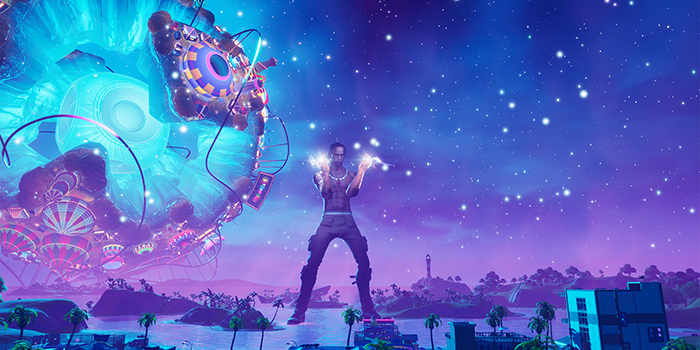
Fortnite's virtual concerts. Fortnite, developed by world-known Epic Games, has emerged as more than just a game, hosting live virtual concerts. These events showcase how metaverse design can transform entertainment, bringing millions of people together in a shared, interactive experience.
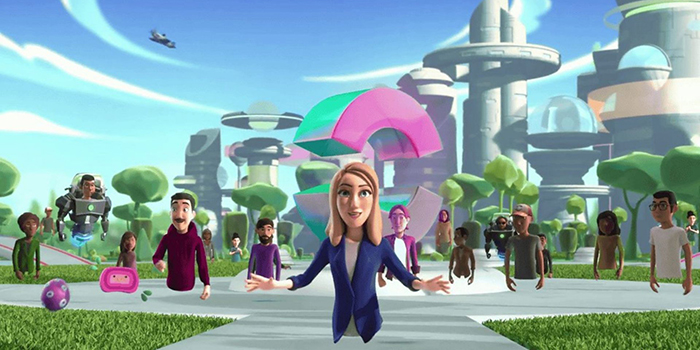
Facebook Horizon. This social VR world designed by Facebook lets users interact in a variety of ways, from building interactive environments to hosting virtual events. As a metaverse design agency, Facebook's approach emphasizes social interaction and personal expression.
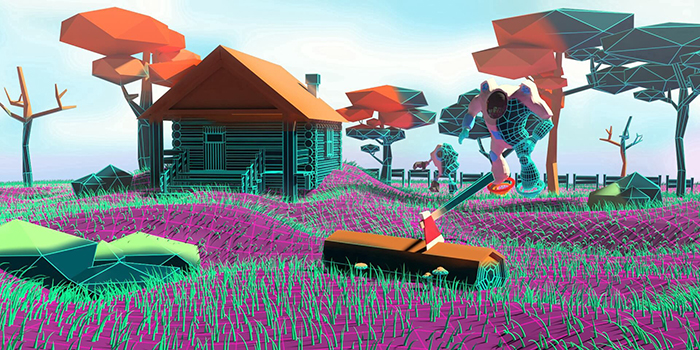
Decentraland. A decentralized, user-owned metaverse where users can create, explore, and trade virtual assets. Decentraland's design shines in its focus on user empowerment, facilitating a truly user-generated world. Decentraland's vibrant community makes it a thriving metaverse.
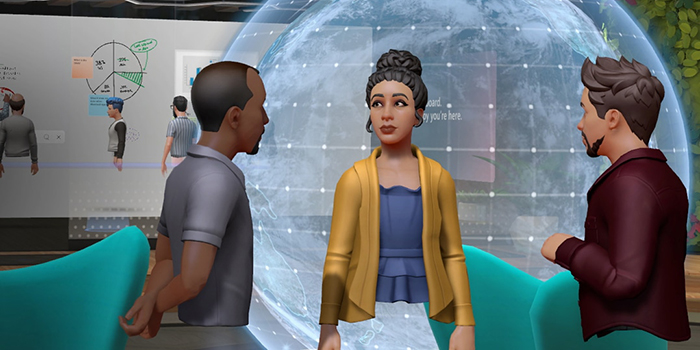
Microsoft's Mesh. Microsoft's Mesh platform enables shared virtual experiences across multiple devices, from VR and AR headsets to PCs and mobile phones. Mesh leverages AI and spatial computing to allow people in different locations to join collaborative and shared holographic experiences.
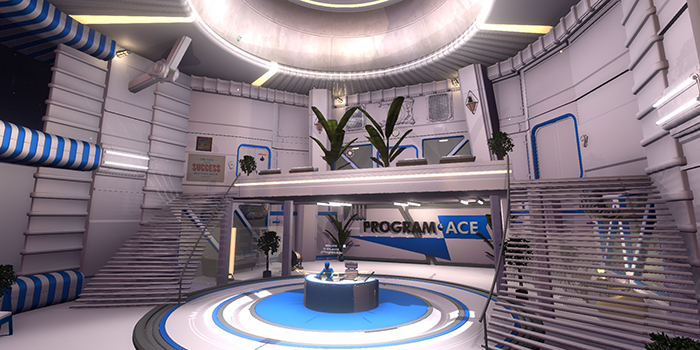
MetaOffice by Program-Ace. A groundbreaking example of a virtual workplace, MetaOffice leverages the metaverse for remote collaboration, delivering an engaging work environment. With MetaOffice, teams can seamlessly collaborate in a virtual space, breaking the barriers of physical location.
These projects illustrate the sheer versatility and potential of the metaverse. The work of these metaverse designers not only sets the bar for what's possible but also inspires us to imagine how far we can push the boundaries of this exciting new frontier.
Try Out the Potential of Program-Ace
As a renowned custom software development company, Program-Ace holds rich expertise in metaverse design. We harness the latest technology to create immersive, interactive digital environments that push the boundaries of reality. Our team of skilled metaverse designers is adept at transforming visions into tangible experiences.
If you are curious to explore the possibilities of the metaverse for your project, we invite you to contact us. We are eager to collaborate with you, translating your ideas into a captivating metaverse experience. At Program-Ace, the potential is boundless, and the future of design is now.

